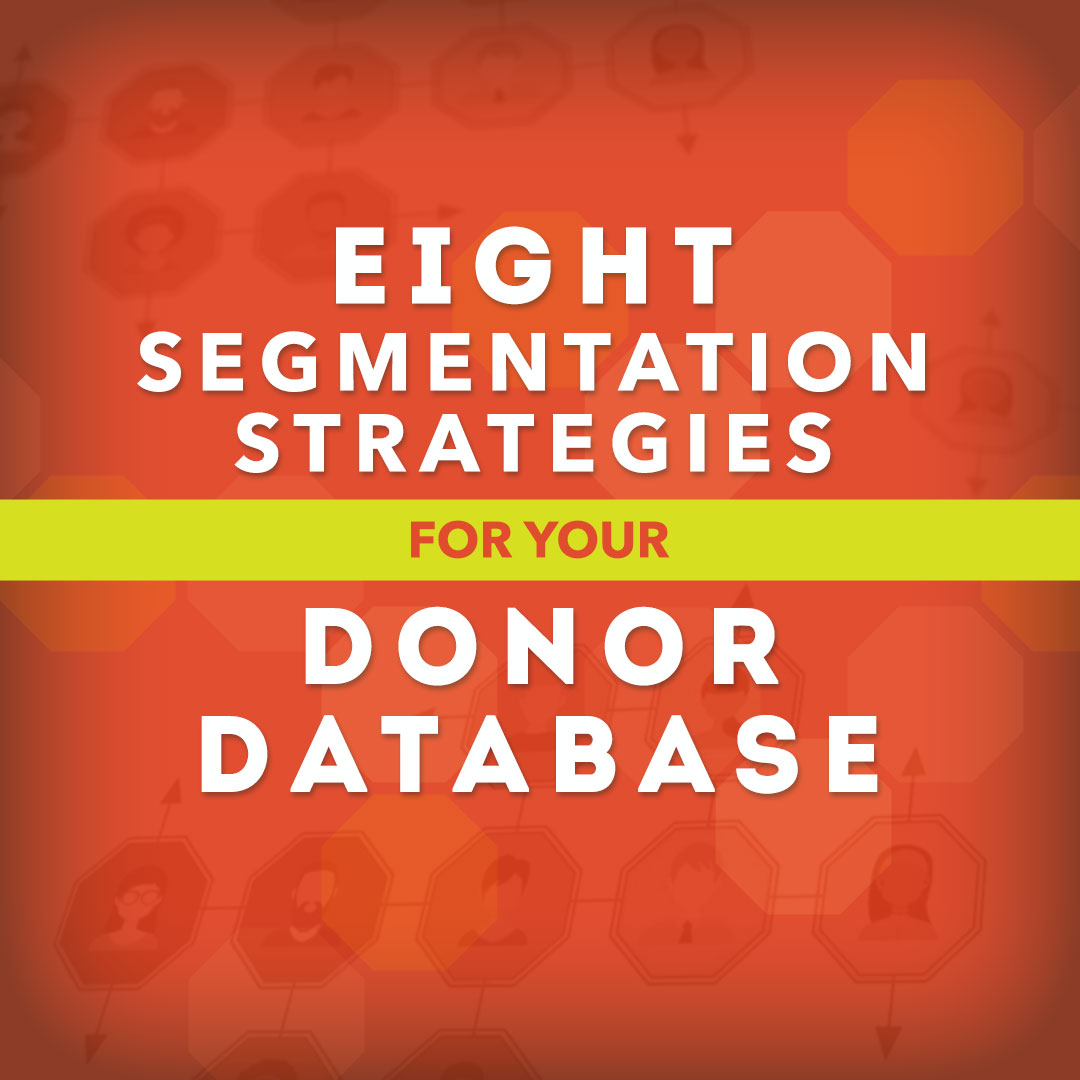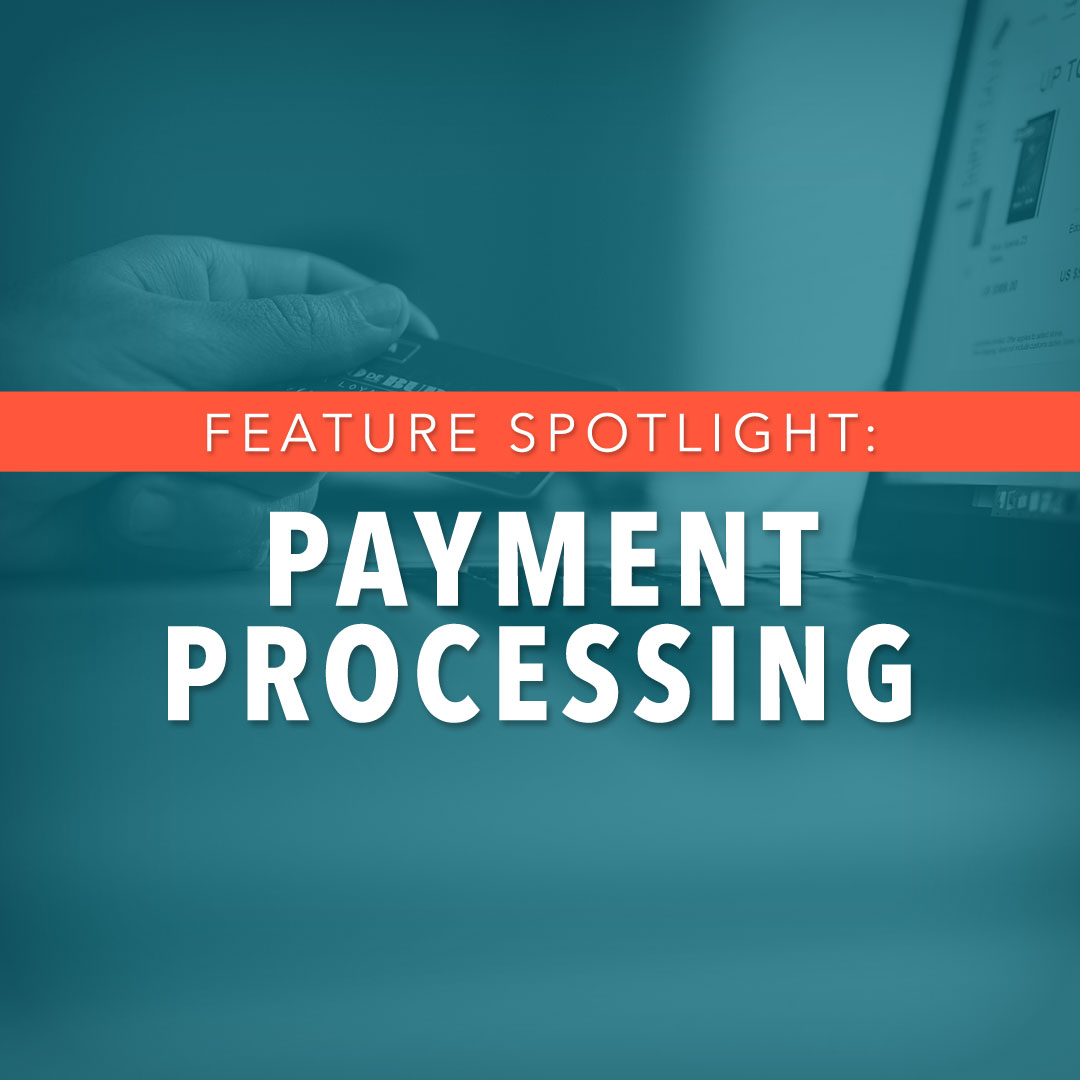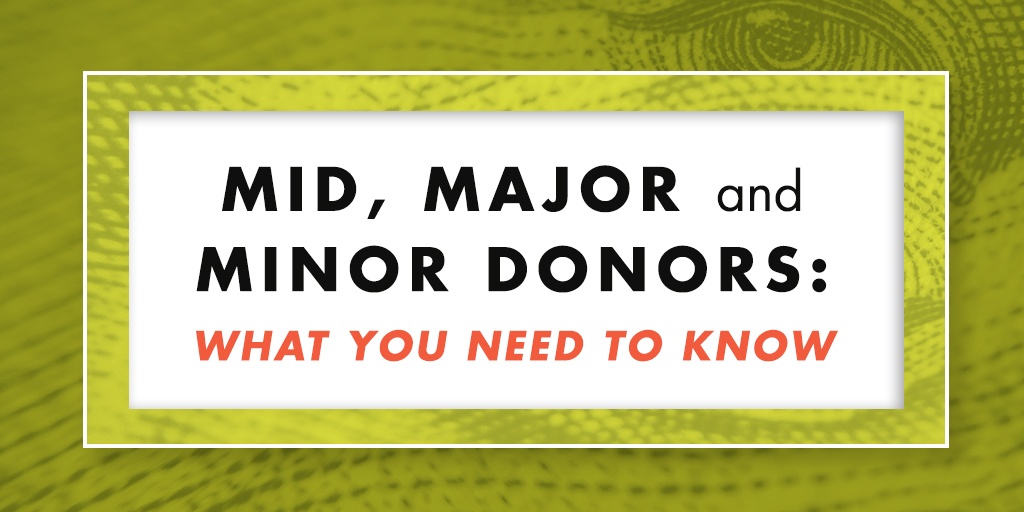Within your donor base, you have many different donors, but they aren’t all the same.
Most donor bases are made up of minor donors, mid-level donors, and major donors—even for nonprofits that are just starting out. And across various nonprofits, everyone’s levels look different: What might be a mid-level donor for some organizations could end up being a major donor for others.
All that truly matters is that you identify what your specific levels are and then focus on running your donor management accordingly.
How to Qualify Levels
If you don’t have any established levels yet, no fear. We’ll help you get started.
Major donors
If you aren’t sure what constitutes as a major gift within your organization, simply spending a little time running reports will help you get to the bottom of that question fairly quickly.
Take a look through your database and identify the top five to 10 highest gifts given in the history of your organization. Is one significantly higher than the rest? That number could serve as a starting bench mark for your major donors.
To be sure that you have an accurate amount, we suggest taking that number and running another report to figure out how many donors’ total donations over the past 12 months combine to equal close to that number. If you discover that many donors have given that much over the course of a year, then that number might be too low. If barely any have met the total, then the number may be too high. Once you figure out a number that works, set that as the guide for your major donors.
Keep in mind that there are many ways to pinpoint a number to serve as your major donor mark—this is just one way to do it.
Minor Donors
Your minor donors are likely the people who have just been introduced to your organization and are giving at a much, much lower level than your majors. For instance, your major donors might be giving gifts of $10,000 or more while your minor donors are giving $20, $50, or $100. And that’s okay—minor donors serve a great purpose and it’s equally important to let these people know that their contribution matters, even though it is significantly less than your majors.
Mid-Level Donors
Mid-level donors are all the people in your donor base that don’t quite get to the major level but are definitely giving at a higher dollar amount than your minor donors. These people are the bread and butter of your organization. You might have people giving $500, $1000 or even $5000; they’re giving a lot of money, but they aren’t quite yet at the major donor level. Treat these donors with great care, as your new major donors will likely emerge from this group.
Cultivation Matters
Having a growing source of new donors is important, but if you never take the time to cultivate the ones that you already have, then you’ll constantly be losing donors. As new ones walk into the front door, old ones will be walking out the back.
That’s why we think it’s so important to cultivate, cultivate, cultivate. Every day you should be striving to see the potential of every single group of your donors. Don’t underestimate your donors; they can grow and raise the giving thresholds of their groups as they move up your donor levels. But all of that only happens if you’re cultivating them.
What does cultivation mean?
Cultivation is simply the act of growing your relationships to show your donors that they are valued and important team members of your mission. But that will (and should!) look very different for each level of your donors.
For instance, your major donors will need much more personal communications and evidence of credibility—like dinners with your board members to hear in depth about how their large gifts are being used. But on the opposite end of that spectrum, your minor donors don’t expect that kind of personal attention, so for them, strategic messages in the form of email communications and direct mail is enough to keep them enticed in your mission.
Remember, in your donor management, always go a step beyond what’s expected.
When mass communication is the norm, send a personalized note.
When a personalized note is the norm, send a handwritten thank you card.
When hand-written cards are the norm, pick up the phone and say thank you.
When a phone call is the norm, set up an appointment to meet in person.
Going above and beyond not only adds to your credibility; it makes you more attractive to your donors.


-1.jpg)







